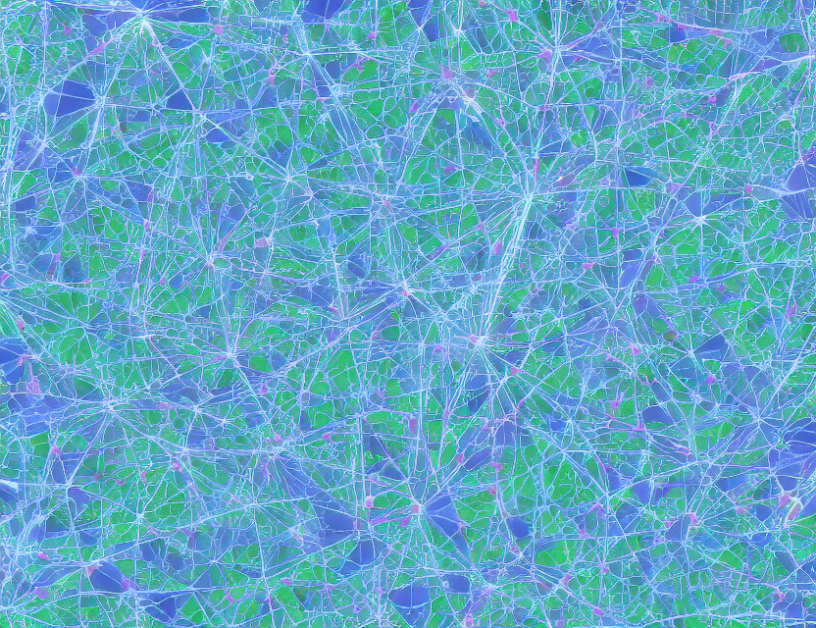Tensor decompositions are a powerful tool in various fields, including image processing, blind source separation, traffic data analysis, and wireless communications. This article provides a comprehensive review of tensor decompositions, covering their types, applications, and recent advances. The authors demystify complex concepts by using everyday language and engaging metaphors to explain the different types of tensor decompositions, such as Candecomp, Tucker, and Tensor Train. They also discuss the challenges of solving tensor decomposition problems, including the choice of loss function and the impact of noise on the solution. The authors highlight the importance of selecting the appropriate type of decomposition for a given application and provide examples of how tensor decompositions have been used in various fields.
Types of Tensor Decompositions
The article introduces several types of tensor decompositions, including Candecomp, Tucker, and Tensor Train. Each type has its advantages and limitations, and the choice of decomposition depends on the specific application. For example, Candecomp is useful for image recovery, while Tucker is suitable for blind source separation.
Applications of Tensor Decompositions
Tensor decompositions have been applied in various fields, including image processing, traffic data analysis, and wireless communications. They can be used to improve the quality of images, separate sources from mixed signals, and compress data. In addition, tensor decompositions can help in solving inverse problems with linear observation models.
Recent Advances in Tensor Decompositions
The article discusses recent advances in tensor decompositions, including the use of different loss functions for robustness to different noise distributions. The authors highlight the importance of selecting the appropriate type of decomposition and the challenges of solving tensor decomposition problems. They also provide examples of how tensor decompositions have been used in various fields, such as image recovery, blind source separation, and super-resolution.
Conclusion
In conclusion, this article provides a comprehensive review of tensor decompositions, covering their types, applications, and recent advances. Tensor decompositions are a powerful tool in various fields, including image processing, blind source separation, traffic data analysis, and wireless communications. The choice of decomposition depends on the specific application, and it is important to select the appropriate type of decomposition for the best results. By understanding the different types of tensor decompositions and their applications, researchers and practitioners can use these techniques to solve complex problems in various fields.



